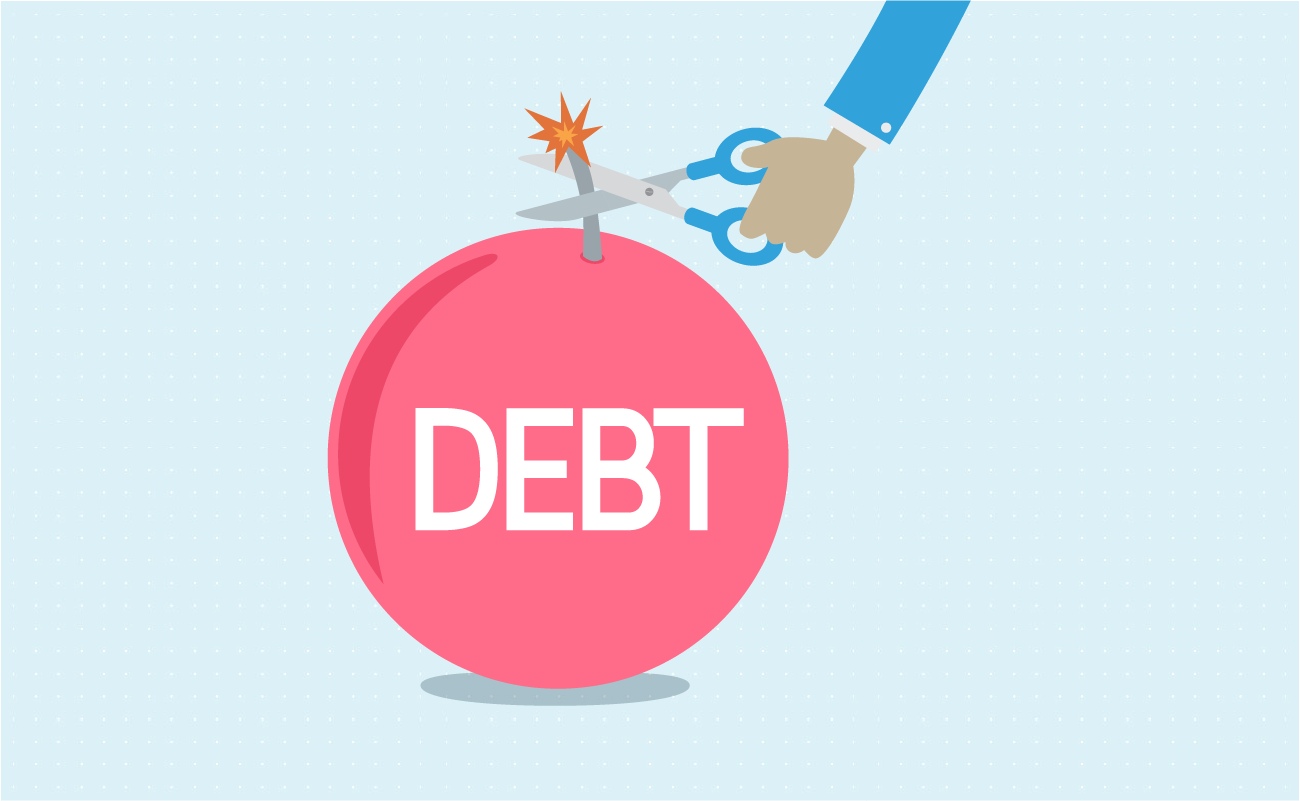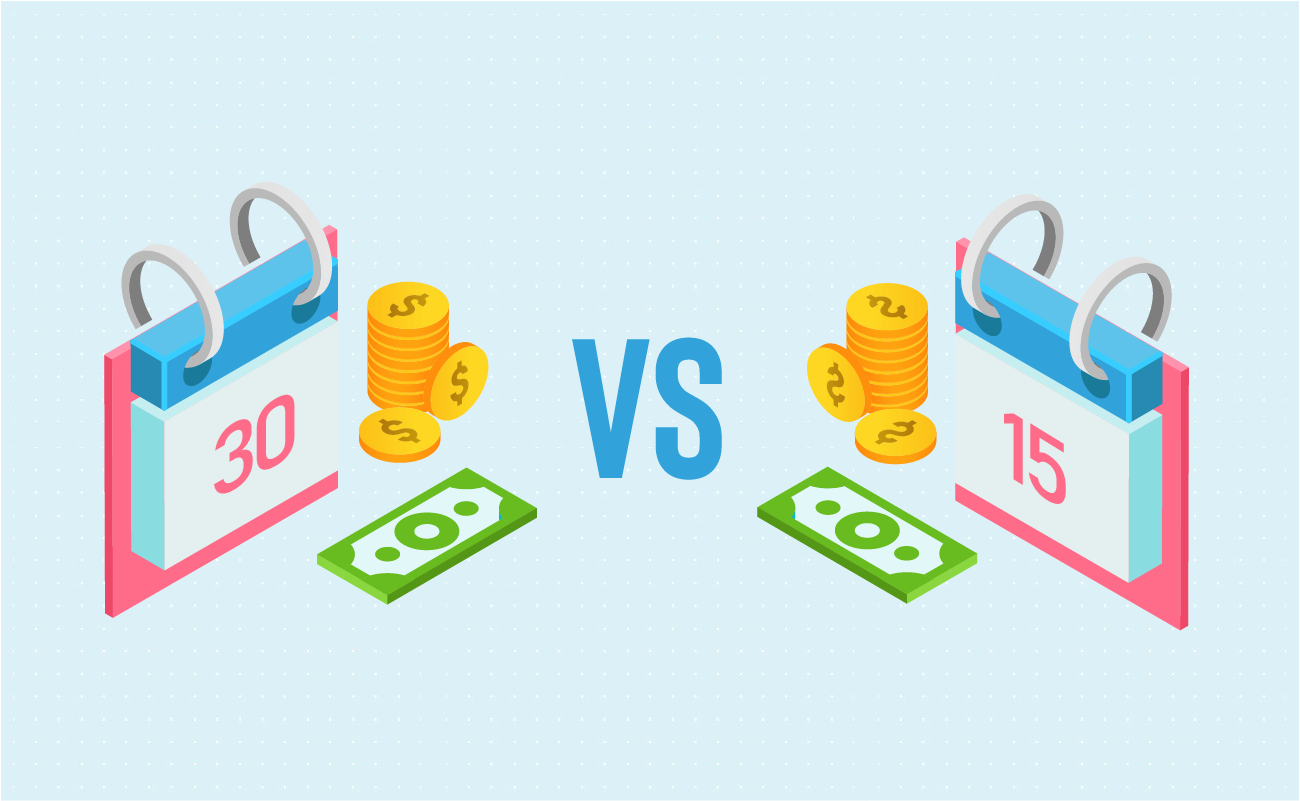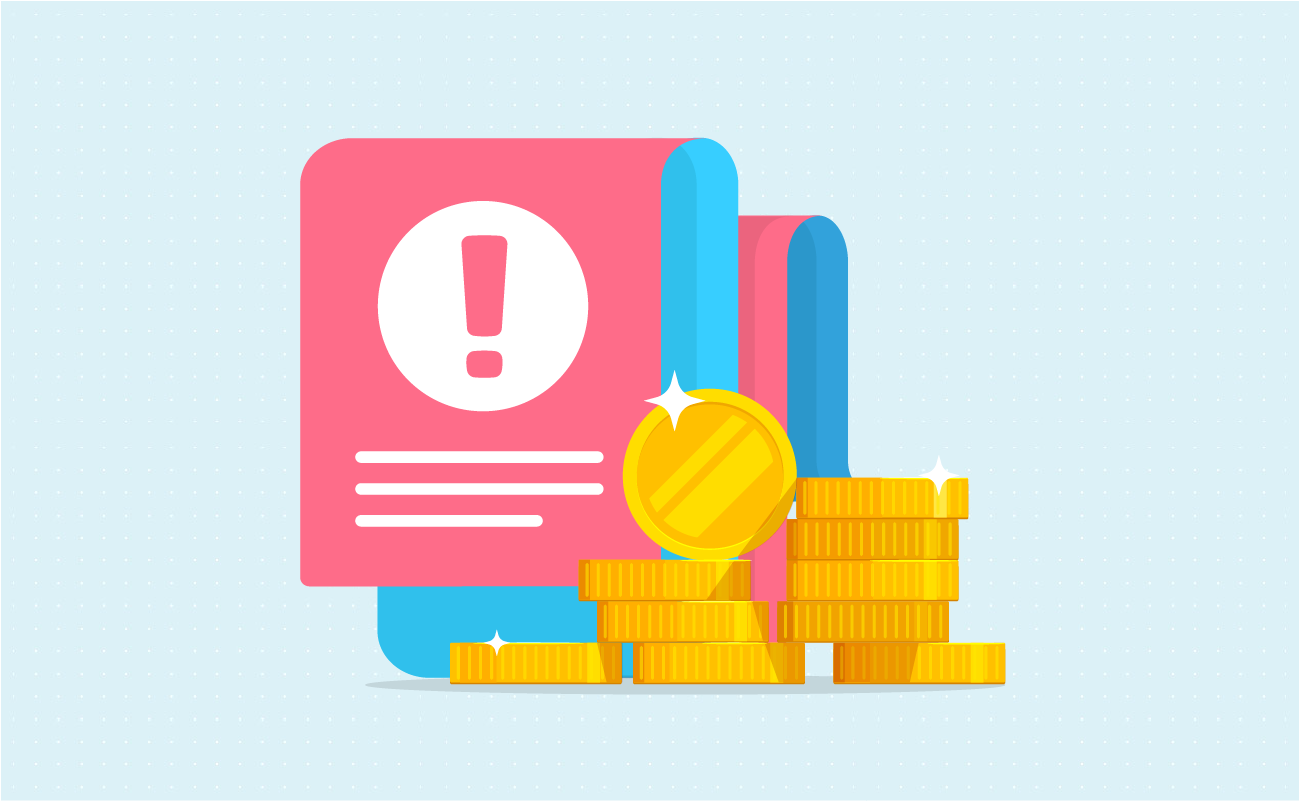Amortization
Biweekly Payments
Interest Only Payments
 Bi-Weekly vs Monthly Loan Calculator
Bi-Weekly vs Monthly Loan CalculatorThis calculator helps people see how much interest they can save and how much faster their loans will be paid off if they used biweekly payments. This strategy pays half of the monthly payment every other week. Since there are 52 weeks in a year that equates to 26 biweekly payment periods. If you pay half of each monthly loan payment every other week it is like making a 13th monthly loan payment. If you want to calculate regular biweekly payments instead of accelerated payments please use our biweekly loan calculator.
This calculator estimates the principal and interest payments on a loan but does not factor in other potential fees tied to many loans like insurance coverage of the underlying asset.
Guide published by Jose Abuyuan on February 13, 2020
When you obtain a loan, such as a mortgage or car loan, the payment schedule is commonly structured in 12 monthly payments. This gives you the advantage of paying a fixed amount every time each month. And for many, paying once a month is convenient and easier to track.
But for more conscientious borrowers, they seek other effective ways to save on their payments. They go the extra mile to reduce the overall interest cost and shorten their loan term.
How do you pay your loans sooner? Apart from increasing your monthly payments or paying directly to your principal, you should look into changing your payment schedule. Specifically, you can apply for an accelerated bi-weekly payment plan.
In this guide, we'll explain how accelerated bi-weekly loan payments work. Then, we'll look into their benefits versus a regular monthly payment, and how much you can save on total interest costs.

Accelerated bi-weekly payments take advantage of the number of weeks in a year. There are only 12 months that translate into 12 payments annually. Meanwhile, there are 52 weeks in a year. When you make bi-weekly payments, which are half payments every other week, you make 26 payments annually. Once you add up all 26 half payments, this is equivalent to 13 monthly payments a year.
Essentially, an accelerated bi-weekly schedule allows you to pay more. And unlike making increased monthly payments now and then, it can offer greater interest savings and faster debt repayment. The added 13th payment significantly reduces your principal balance annually. And the lower your balance, the lower interest accrues over the life of your loan. Inevitably, this helps eliminate your debt sooner.
Accelerated payments are voluntary payments intended to decrease a borrower's loan balance faster. Generally, the payment is applied to the principal, thus reducing the balance and interest cost with subsequent payments.
Accelerated payment options are offered in many kinds of loans. These vary from lender to lender, with others imposing fees and prepayment penalties. It's best to talk to your bank about their arrangement to assess if this option will work for you.
When you shift to accelerated bi-weekly payments, make sure to clarify how your payments will be applied. In particular, ask your lender how the extra payment will be credited toward your principal. The timing is also crucial. Make sure your lender applies your payment right away. If they fail to credit it until you make the next payment, you won't reap the benefits of faster debt reduction under the accelerated bi-weekly payment plan.

Let's compare a mortgage with a regular monthly payment and an accelerated bi-weekly payment. If you pay an accelerated bi-weekly schedule for a 30-year fixed rate loan (like the example below), you can remove up to 4 years and 6 months off your loan term.
Loan amount: $250,000
Interest rate (APR): 4.5%
| Loan Details | Monthly Payments | Accelerated Bi-weekly Payments |
|---|---|---|
| Payment amount | $1,266.71 | $633.36 |
| Overall interest cost | $206,016.78 | $170,974.80 |
| Interest savings | none | $35,041.98 |
| Loan pay-off time | 30 years | 25.5 years |
| Time saved | none | 4.5 years |
Based on the above table, making accelerated bi-weekly payments effectively reduces your loan term to 25 years and 6 months. Instead of spending $206,016.78 in total interest for monthly payments, you only spend $170,974.80 in total interest with accelerated bi-weekly payments. This saves you $35,041.98 in interest cost.
To estimate how much you can save with accelerated bi-weekly payments, use the calculator at the top of this page.
You can do your own accelerated bi-weekly payment computation by using this equation:
Accelerated bi-weekly payment formula
A = [P * (r(1+r)n) / ((1 + r)n – 1)] / 2
Where:
The equation above basically uses the standard amortization formula, A = P * (r(1+r)n) / ((1 + r)n – 1), to obtain the monthly payment. Then, to derive the accelerated bi-weekly payment amount, the monthly payment is divided by 2.
To give you a better idea, let's solve for the accelerated bi-weekly payment given the loan details below.
Mortgage
Loan amount: $250,000
Interest rate (APR): 4.5%
Loan term: 30 years
A = [250,000 * (0.00375(1+ 0.00375)360) / ((1 + 0.00375)360 – 1)] / 2
= [250,000 * (0.00375(1.00375)360) / ((1.00375)360 – 1)] / 2
= [250,000 * (0.00375(3.8476980499634) / (3.8476980499634 – 1)] / 2
= [250,000 * (0.01442886768736275) / 2.8476980499634] / 2
= [3,607.2169218406875 / 2.8476980499634] / 2
= 1,266.71 / 2
A = 633.36
For this example, the monthly payment is $1,266.71. When it's divided by 2, the accelerated bi-weekly payment is $633.36.
The formula used to obtain a bi-weekly payment is based on the amortization formula. Unlike its accelerated counterpart, it does not divide the monthly payment in half. The amortization formula applies to all regular amortizing payments. This includes payments made daily, weekly, bi-weekly, semi-monthly, monthly, quarterly, semi-annually, and annually.
Bi-weekly payments obtain the periodic interest rate by dividing the APR by 26 (if you follow monthly payments, it's divided by 12). Likewise, the total number of payments is based on the loan term multiplied by 26. Moreover, the bi-weekly payment amount is lower than its accelerated counterpart.
All mortgage calculations on this page are for the principal and interest portion of the loan. These calculations exclude things like PMI, homeowners insurance, HOA fees and property taxes.
Now let's solve for the standard bi-weekly payment amount so you can see the difference.
Again, we'll use the amortization formula. To obtain the periodic interest rate (r), we'll divide 4.5 percent APR by 26. To get the total number of payments (n), we'll multiply the loan term by 26.
A = P * (r(1+r)n) / ((1 + r)n – 1)
Loan amount: $250,000
Interest rate (APR): 4.5%
Loan term: 30 years
For an easier way to compute, use our bi-weekly loan payment calculator.
= 250,000 * (0.001730769(1+0.001730769)780) / ((1 + 0.001730769)780 – 1)
= 250,000 * (0.001730769(1.001730769)780) / ((1.001730769)780 – 1)
= 250,000 * (0.001730769(3.85292614522)) / (3.85292614522 – 1)
= 250,000 * (0.00666852513143627418) / 2.85292614522
= 1,667.131282859068545 / 2.85292614522
= 584.35
The bi-weekly payment is $584.35. This is lesser than the accelerated bi-weekly payment, which is $633.36. That's an added $50 over the regular bi-weekly payment. It might seem like a small sum, but adding a little more makes a huge difference in savings.
To paint a clearer picture, we updated the previous table to include bi-weekly payment details. See how it compares to monthly payments and accelerated bi-weekly payments.
| Loan Details | Monthly Payments | Bi-weekly Payments | Accelerated Bi-weekly Payments |
|---|---|---|---|
| Payment amount | $1,266.71 | $584.35 | $633.36 |
| Overall interest cost | $206,016.78 | $205,557.74 | $170,974.80 |
| Interest savings | none | $459.04 | $35,041.98 |
| Loan pay-off time | 30 years | 29.98 years | 25.5 years |
| Time saved | none | 1.5 months | 4.5 years |
The above table shows that bi-weekly payments save $459.04 in overall interest. Meanwhile, accelerated bi-weekly payments save $35,041.98 in overall interest. That's a difference of $34,582.94 in interest savings. Bi-weekly payments shorten your payment duration by one and a half months, while accelerated bi-weekly payments remove 4 years and 6 months off your loan term.

In some cases, your lender might not offer the bi-weekly payment option at all. If you find yourself in this situation, beware of third-party payment processing services. Dubious companies take advantage of borrowers looking to shift to a bi-weekly payment plan.
Third-party services charge $300 to $400 for arranging your payments. Others even impose monthly fees. These unnecessary costs might as well go to your loan payments. Moreover, many payment processing services do not follow the bi-weekly schedule. They merely make monthly payments on your behalf, which defeats the purpose of making a 13th payment.
To avoid this complication, it's worth looking for a lender that offers bi-weekly payment options. Preferably one which does not impose stringent prepayment penalties or costly fees.
If your lender does not allow accelerated bi-weekly payments, you can replicate this debt reduction yourself. Just divide your monthly loan payment by 12. The sum will be the extra amount that you should pay toward your principal every month. Basically, you'll pay within the 12-month schedule, then add a direct payment to your principal. Take note: Some lenders may charge fees for making principal-only payments.
Another option you can take is to make an added payment equivalent to one month. This way, you are making an extra 13th payment in a year. Though it will be regarded as a lumpsum payment, it will help reduce your principal balance substantially.

Shifting to an accelerated bi-weekly payment plan is a beneficial move. It helps you save on total interest costs while shaving years off your loan. However, if you choose this payment option, proceed with caution.
Contact your lender first to know if they allow accelerated bi-weekly payments. Know if they impose costly prepayment penalties and other related fees. Moreover, if your lender does not offer bi-weekly payment options, avoid calling third-party payment processing services. These companies are scams that merely make monthly payments on your behalf.
Once you choose an accelerated bi-weekly payment schedule, make sure to keep track of your payments. Doing so will help ensure your hard-earned money is applied to the principal, eliminating your debt faster.
Need help finding your loan status with irregular payments? Read our guide and use our outstanding loan balance calculator.
Jose Abuyuan is a web content writer, fictionist, and digital artist hailing from Las Piñas City. He is a graduate of Communication and Media Studies at San Beda College Alabang, who took his internship in the weekly news magazine the Philippines Graphic. He has authored works professionally for over a decade.